This restaurant is closed
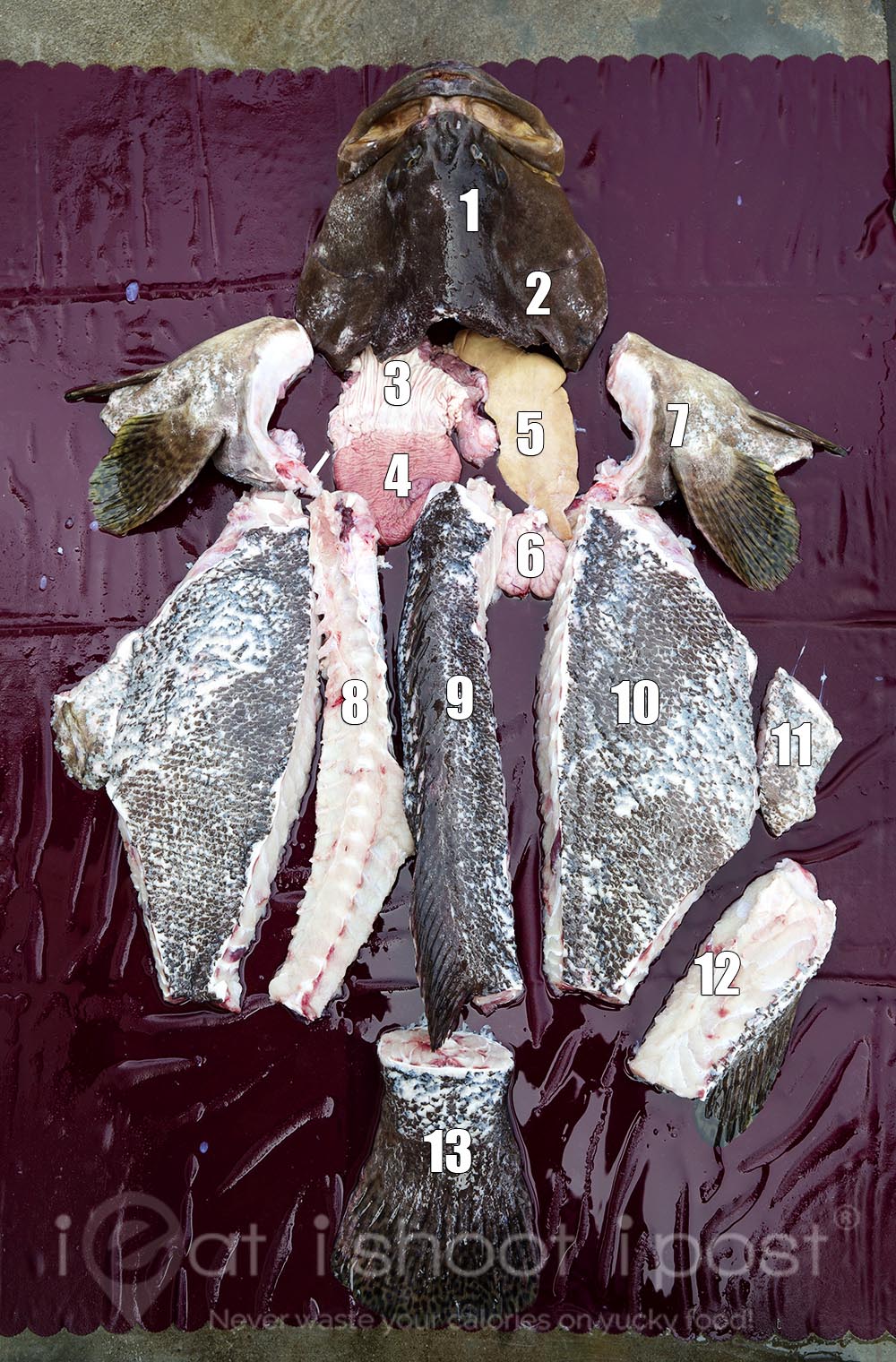
I have been asked a number of times by overseas TV producers to introduce Singaporean cuisine which is off the beaten track and preferably with some “shock” factor. I guess what they are looking for are bizarre foods like insects, reptiles or monkey brains. I have always struggled with this because the most shocking thing that we can offer are the placid stare of a decapitated curried snapper, soy infused fallopian tubes in a bowl of kway chap or perhaps the denuded penis of a goat in sup kambing. However, I think I now have the perfect meal to suggest to them — Giant Grouper. I am sure that a meal consisting of stewed fish throat, stir fried stomach, testicles chawanmushi finished off with dessert made from fish scales would make quite a compelling episode especially for a squeamish audience not used to having anything stare back at them when they eat!
It has taken me a while to develop an appreciation for the Giant Grouper. In the last nine years of blogging, I have come across it a few times, but it hasn’t managed to stir up enough fascination to compel me to write about it. The only thing about it was its size, and size, as they say, isn’t everything. I have since come to appreciate that eating Giant Grouper is not just about eating a very big fish. The whole gastronomic philosophy about this fish is quite different from fish that you eat everyday.
You have probably heard about “nose-to-tail” dining. This trend is currently quite popular in the west. Given that the size of a Giant Grouper is about that of a pig, you can start to understand what dining on Giant Grouper is all about. Most fish that we eat are just too small to be able to appreciate their different parts separately. Once we get to fish the size of a large snapper, we can start serving just the head in order to appreciate the different textures that it offers. The game changes again when you get fish the size of a Giant Grouper. With a fish so big, even a small organ such as its testicles is large enough to be made into a dish!
Before we start our anatomical degustation, I just want to touch on the fascinating method in which the fish is dispatched.
Do they clobber it over the head like how fishermen would do with large fish? Or is there an electrical prod that can shock the fish into the netherworld?
When Johnny first told me about how it is actually done, it was so unbelievable that I just had to see it with my own eyes! The secret lies in an ingredient that can be found in most kitchens!

And the secret ingredient is…. clove oil. Yes, clove oil. The owner, Johnny Tan showed me a bottle and I had a whiff of it. It was clove oil alright, the kind that you might find at aromatherapy shops. Johnny proceeded to climb up to the back of the tank and added about a teaspoon of the stuff into the water.

About 15 mins later, the fish bellied up in the tank! It wasn’t dead, just very fast asleep. Johnny explained that this was how the fish was put to sleep in order to transport it from his farm in Sabah by air to Singapore! This particular fish weighed about 30kg and took about 2 years to grow from eggs which where hatched at his farm. This specimen is considered a juvenile compared to the 270kg giant which he served at his restaurant in 2013.

To actually kill the fish, a quick slit to the neck was perform to severe the main artery and the fish was then placed into a large water bath to bleed. There was no struggle as the fish was completely anaesthetized. It’s amazing how a teaspoon of clove oil could be so effective! I wonder if it would work for people with insomnia?

Once the fish had been fully bled, they proceeded to scale and gut the fish and then section it into different parts.
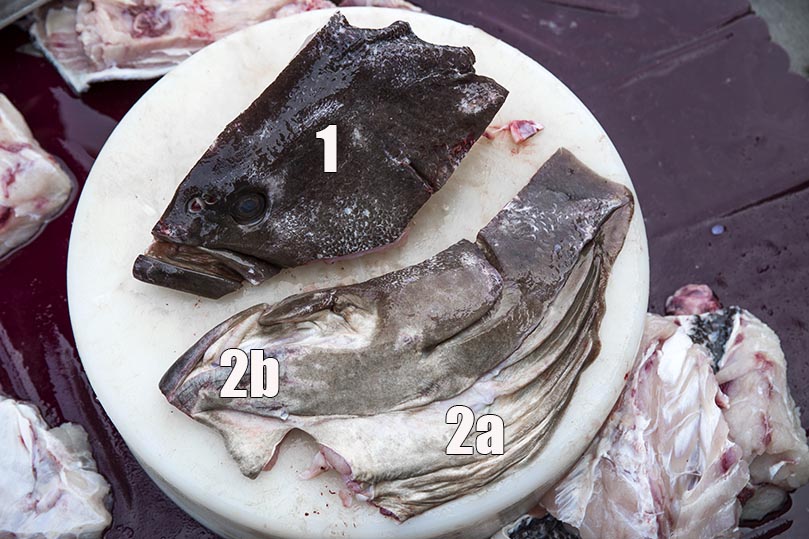
The head is first halved and then divided into the upper and lower portions. The lower part of the head is prized for its skin which turns wonderfully gelatinous when stewed. The part just under the gills (2a) is especially prized and has a texture similar to duck web. The lips (2b) are also very sought after but they are not as thick as the Soo Mei (Napolean Wrasse). The upper part of the head is not as valuable as the only portion of interest is the area around the eyes.
Price: Lower head (2a and 2b) $120/kg, Upper head (1) $100/kg
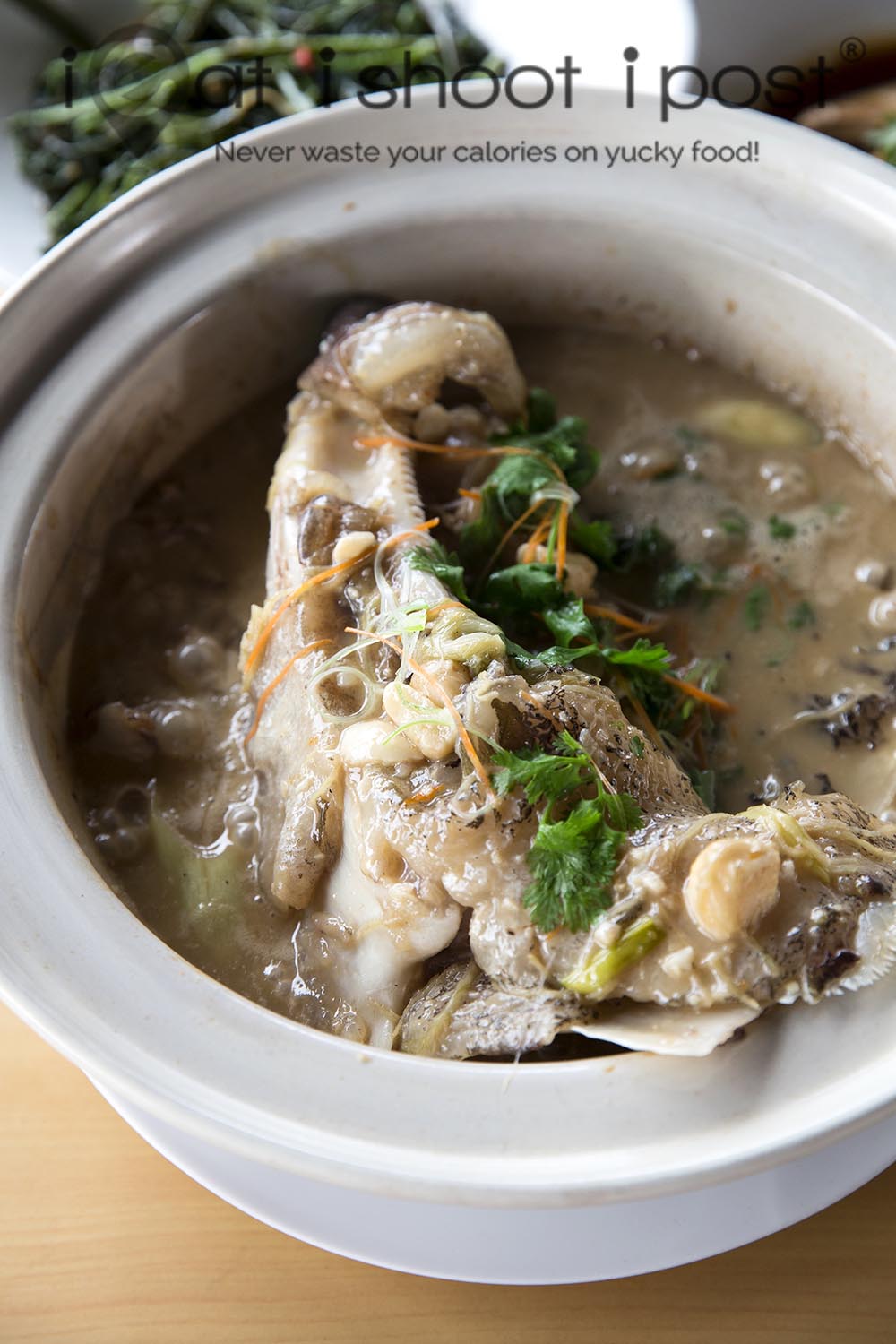
The Chinese have a penchant for gelatinous textures which gourmands of the West might dismiss as “phlegmy” or “mucoussy”. That is why things like sea cucumbers, chicken feet and fish heads are prized in Chinese gastronomy. When it comes to fish, the head is where the treasure lies and it usually goes to the matriarch of the household (in the old days at least). The stewed fish head (lower portion (2b) was excellent and should make mum very happy. The membrane underneath the gill covers (2b) is slightly small for a 30kg fish but the adjoining skin is full of collagen as is the lower lip of the fish. This is definitely one of my favourite parts of the fish.
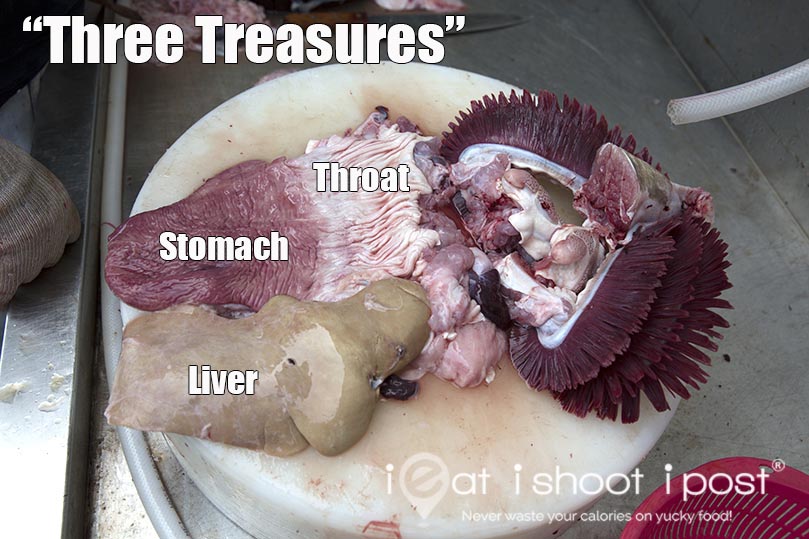
Almost the whole fish is eaten, so there is little wastage. In fact, the internal organs, which are usually discarded in smaller fish, are considered delicacies. The throat, stomach and liver are known as the “Three Treasures” at Grouper King. The only parts of the fish that is discarded are the gills and the rest of the internal organs.
Price: $200/kg (throat, stomach, liver)
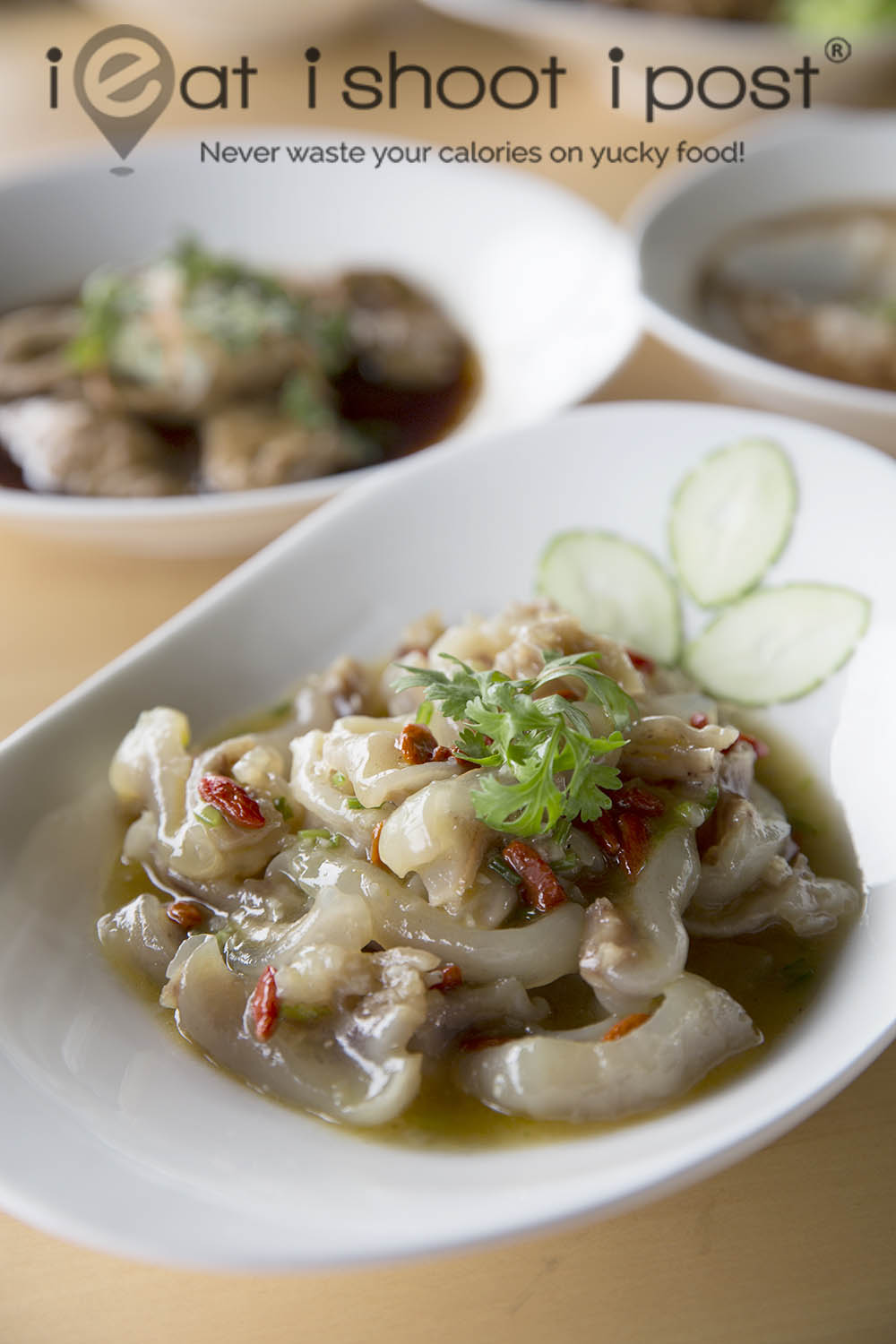
The throat has a texture similar to beef tendons and can be wonderfully tender and agar-like when stewed for long periods of time. Unfortunately, due to the lack of time, my dish was still a little crunchy but I can imagine what it would be like when it has had enough time in the pot. If you are going for this, do call up a day in advance so that it can be prepared before you arrive at the restaurant.
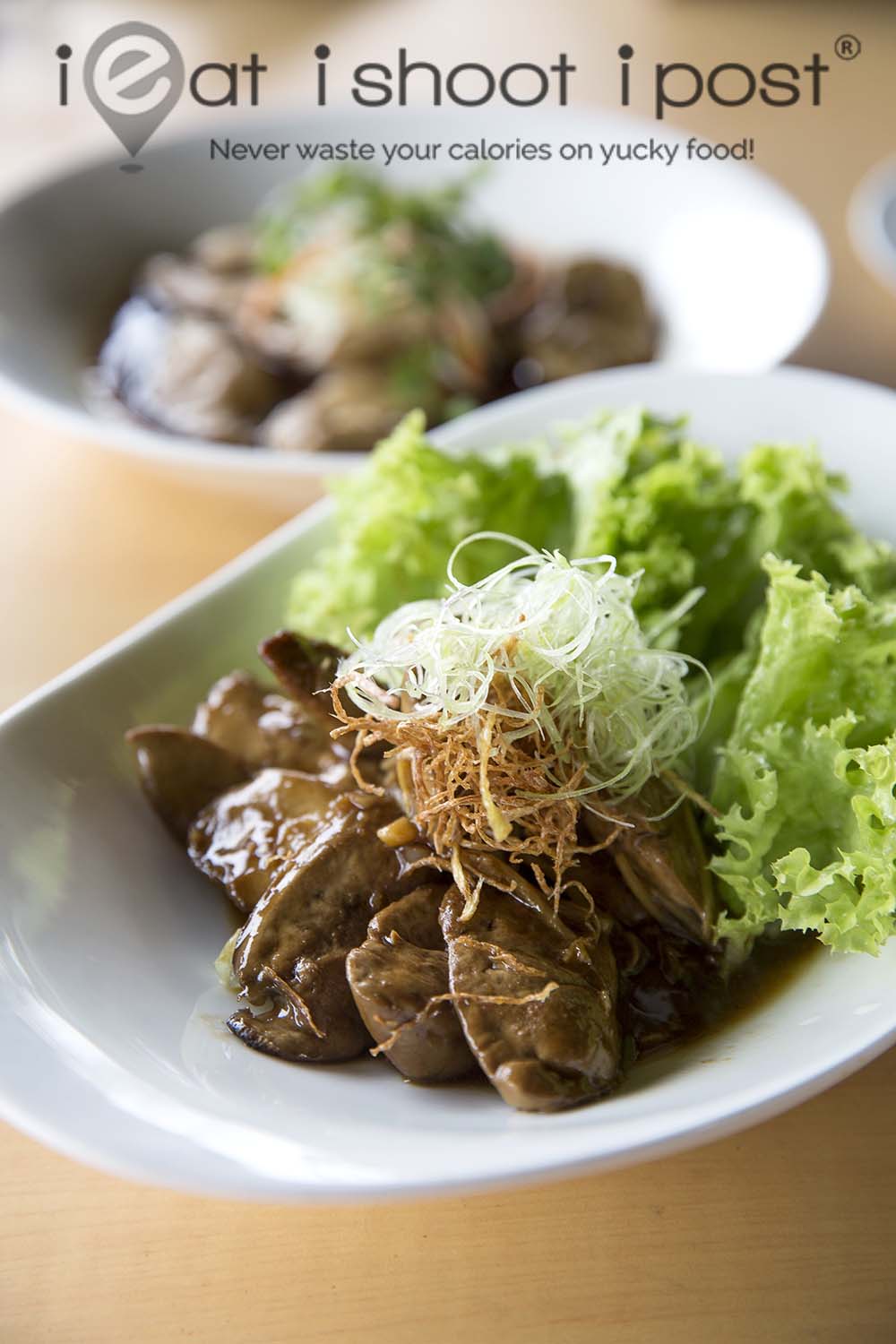
The liver should appeal to people who like the gamey flavour of innards. The texture is a little more delicate than pork liver. It is less powdery but not as creamy as foie gras and the “livery” flavour is not as pronounced as with pork liver. I have tried liver many times, but still have not developed a taste for it, but this should appeal to anyone with a liver fetish like Hannibal Lechter. It is served either steamed or fried with shredded ginger.
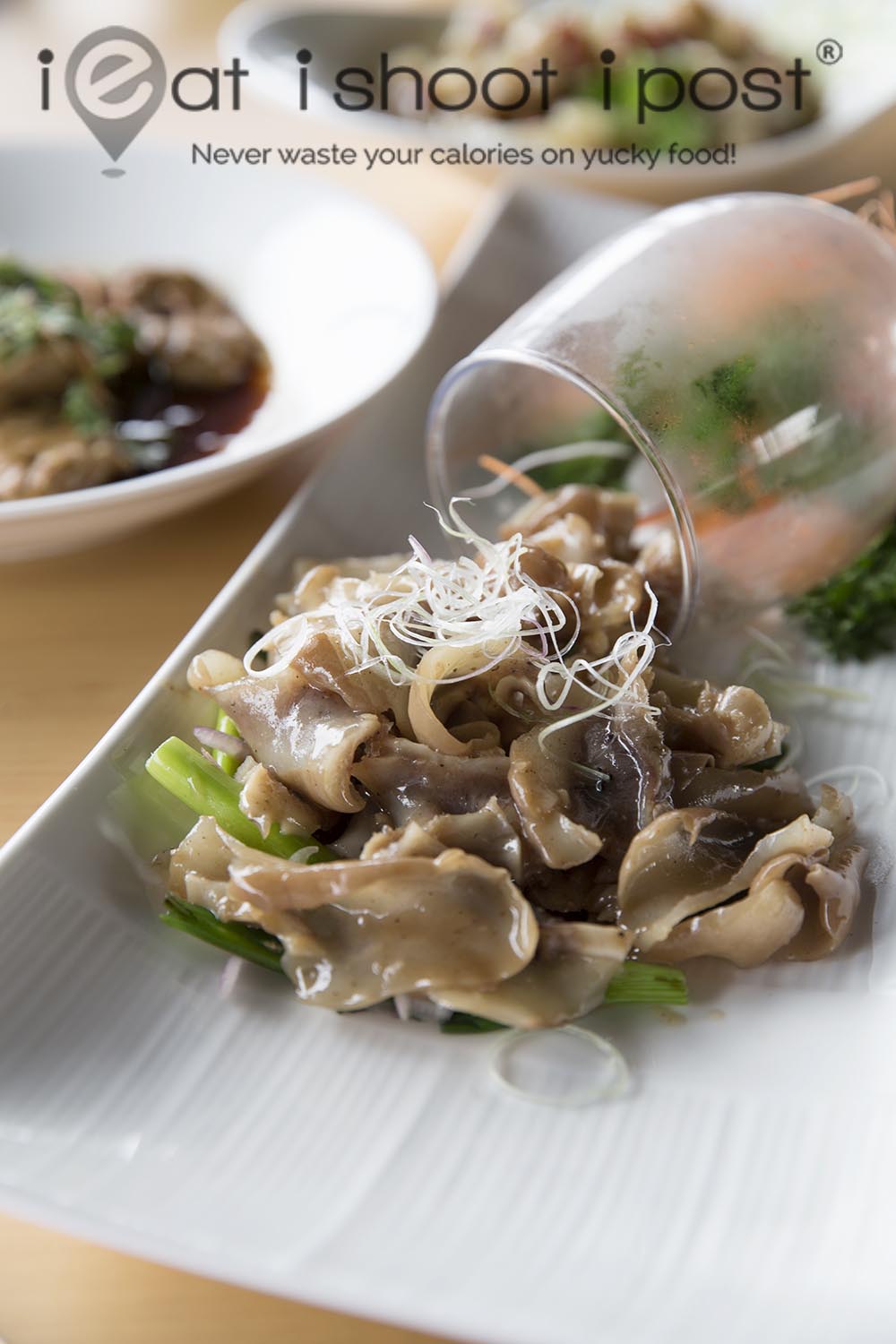
The stomach of the fish is crunchy with a texture like wood ear fungus (木耳). Its flavour is quite mild and it was served in a white pepper sauce. This flavour combination should remind pork innard soup lovers of pig stomach soup. Of the “Three Treasures” I like this one the best.
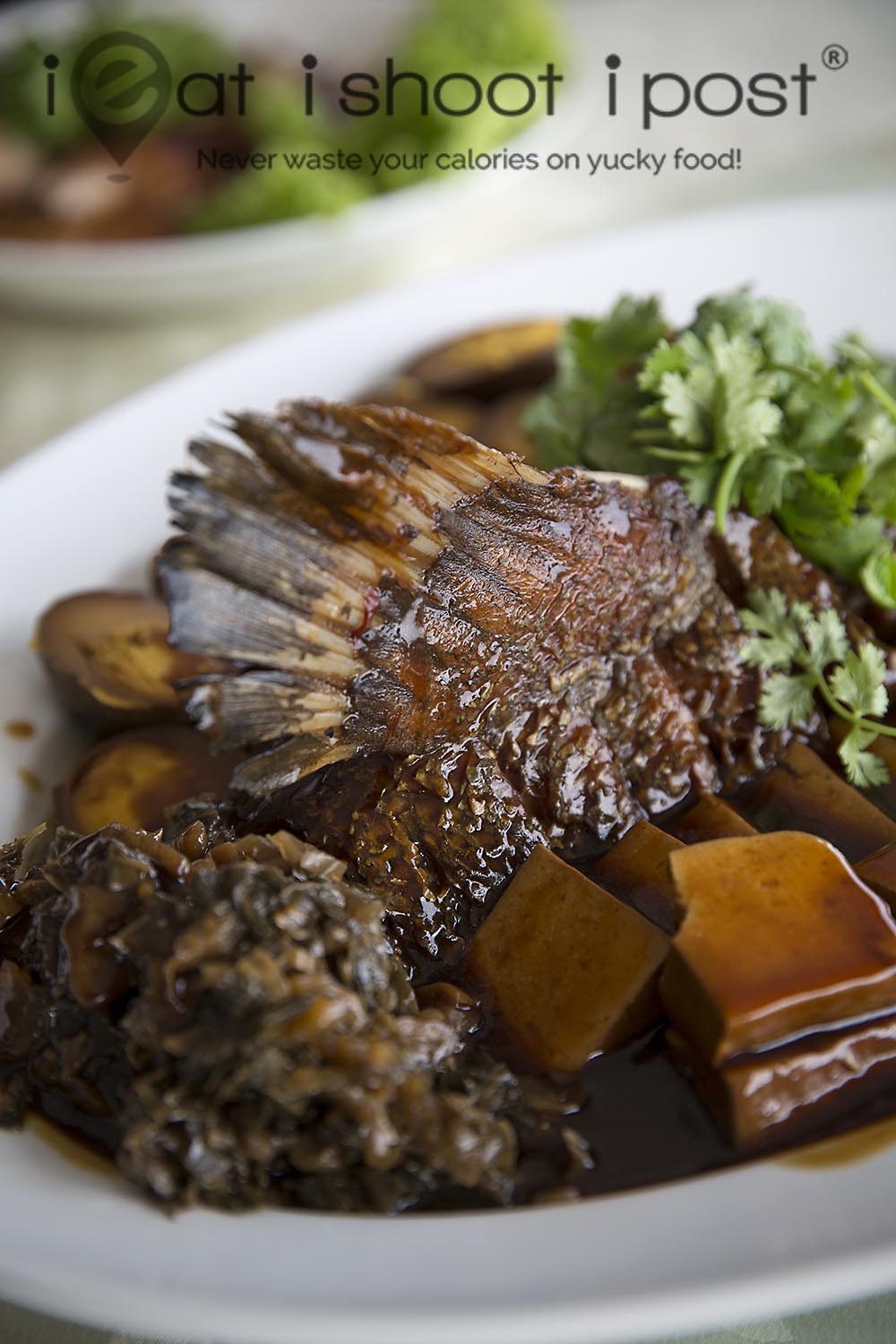
There are 4 different fin sections which you can order. They are the pectoral and ventral fins (7), dorsal fin (9), anal fin (12) and tail fin (13). Of these, the most prized is the anal fin (12). This part is the most tender and collagenous. The pectoral fin (7) section is rather tough in the Giant Grouper, unlike tuna and yellowtail amberjack (buri) where the kama (neck) is tender and has a wonderful flavour when simply grilled with salt. We sampled the dorsal fin braised with soy sauce and mei chye in an earlier session. I didn’t think that the braising sauce suited the flavour of the fish, although I thoroughly enjoyed the balance of meat, fat and collagen in the fin. It would have been a great dish if it were fried and then braised with ginger and shallots.
Price: $80/kg
The cheapest part of the fish is, ironically, the white meat which goes for $60/kg. However, if you do order the meat, it should come with some skin attached. The skin of the grouper is quite thick and this is where the real value of the Giant Grouper lies. The bottom-most part of the belly (11) is very well exercised and is full of connective tissue which can be broken down into gelatine through slow cooking. Although it is the same part of the fish as the otoro in the bluefin tuna, it has little value as it isn’t quite as fatty.
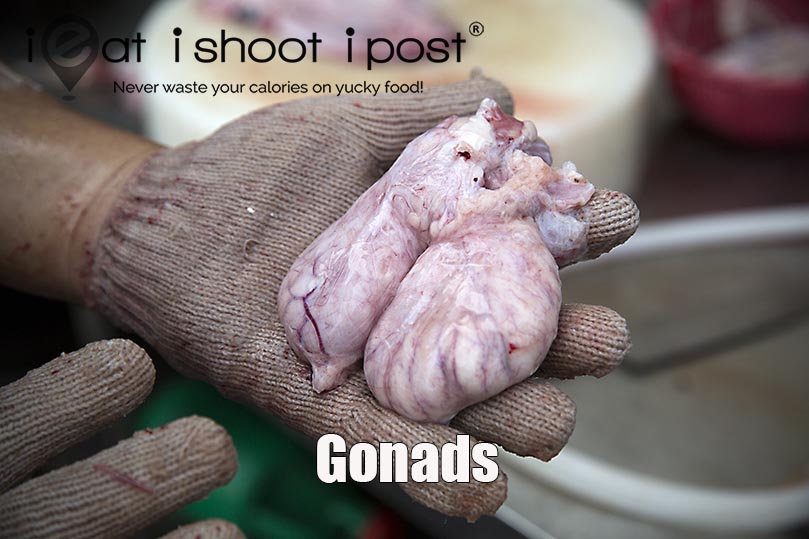
The next three parts are so small that they are not on the menu and is only offered to patrons of the restaurant who specifically ask for it. The first is its gonads.
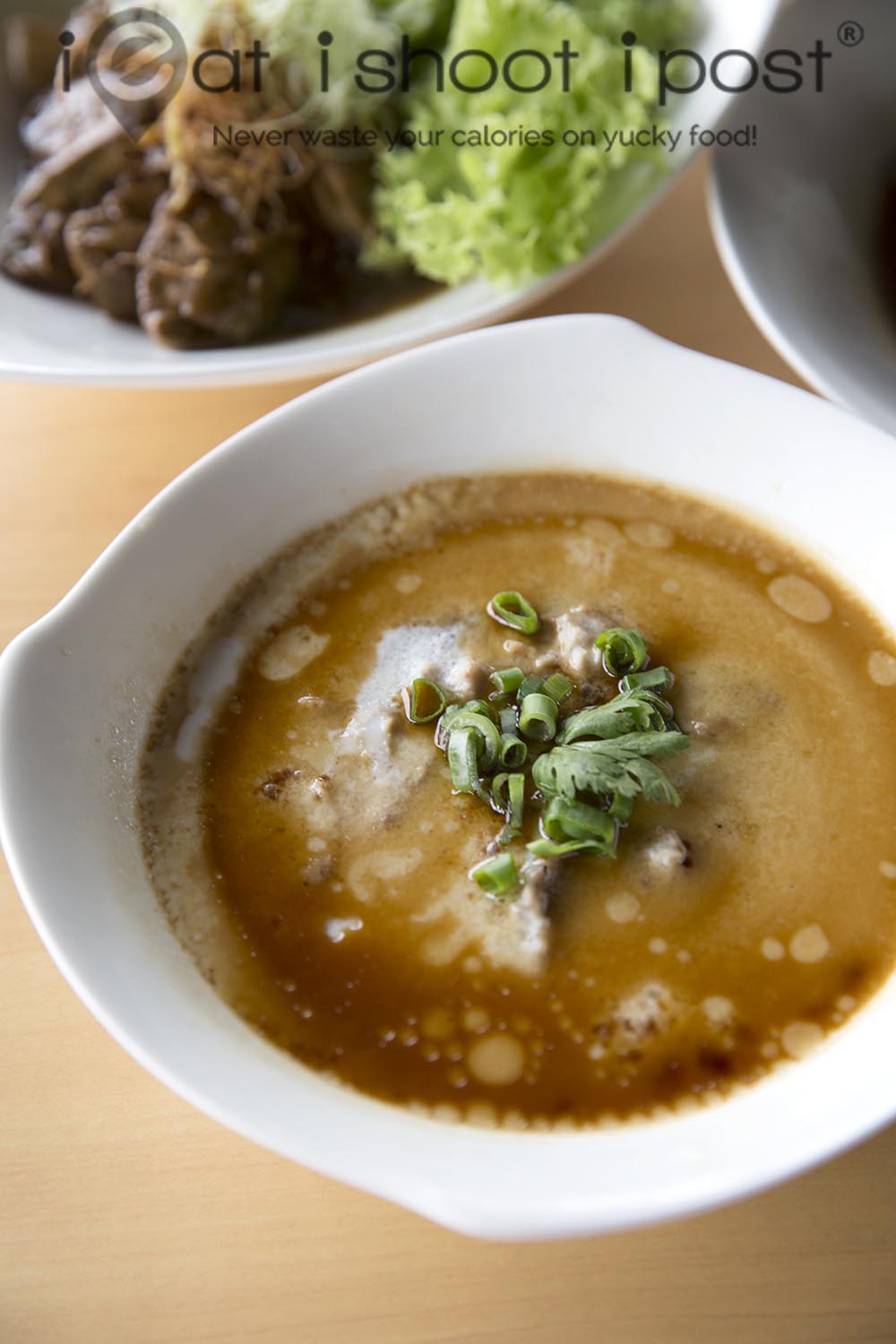
Giant groupers are monandric protogynous hermaphrodites which means that they change sex as they mature. So, you will never really know if you are dealing with a male or female fish until you dissect it. Our specimen happened to be male.
The grouper gonads were steamed in an egg tofu. The taste is ok and the texture is like minced meatballs but it isn’t something that I would specifically ask for. I am sure some people would want to eat it because of its perceived value as an aphrodisiac. I don’t need any extra boost, so I might let some other guys have it!

Another off the menu delicacy is the bone marrow that is found within the vertebrae (back bone) of the fish. The jelly like marrow lies within the vertebral bone and it’s best eaten raw. Now, I won’t advocate eating anything raw (unless it is served by a sushi chef), but I did have a taste of it after I was assured by Johnny that a certain prominent doctor always reserves this for himself. (And after he popped a piece into his own mouth!) According to this doctor, eating this can help boost the immune system. I haven’t been able to find much information on this, so I am just going to leave it to your own discretion.
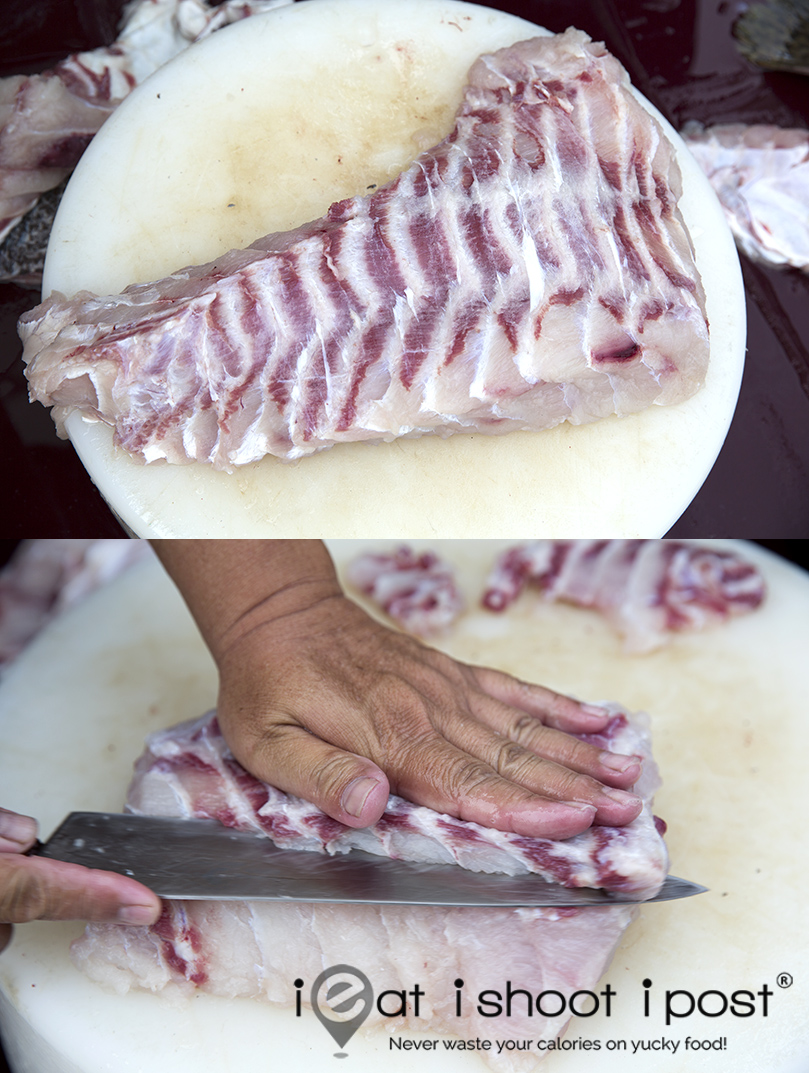
The red meat of the grouper is a special delicacy. These red muscles, like the thigh muscles of the chicken are designed for slow, prolonged movements unlike white muscle which are fast twitch muscles. Most bottom dwelling fish like groupers have very little red muscle since they don’t swim very much, unlike tuna where all the muscles are red. In smaller fish, the amount of red muscle is so small that you don’t make it a point to separate them. However, in the Giant Grouper, this can be separated from the white meat and turned into slivers of streaky meat.
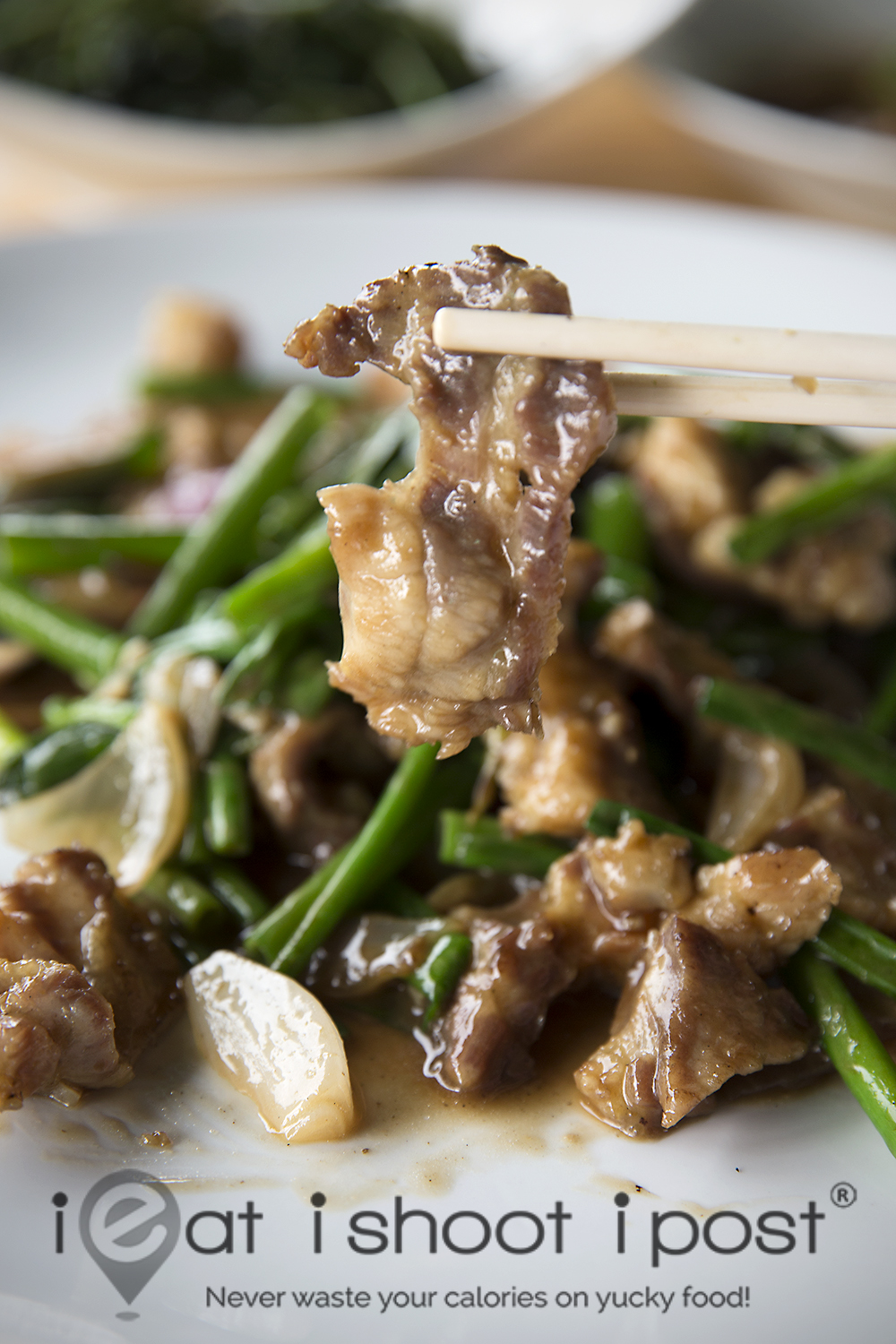
The appearance of the red meat is almost like pork belly as there are layers of meat separated by fat. The texture is very interesting. It has a good meaty bite, yet its tender, bouncy and unctuous. This is very nice and I wouldn’t hesitate to order it if it were available.
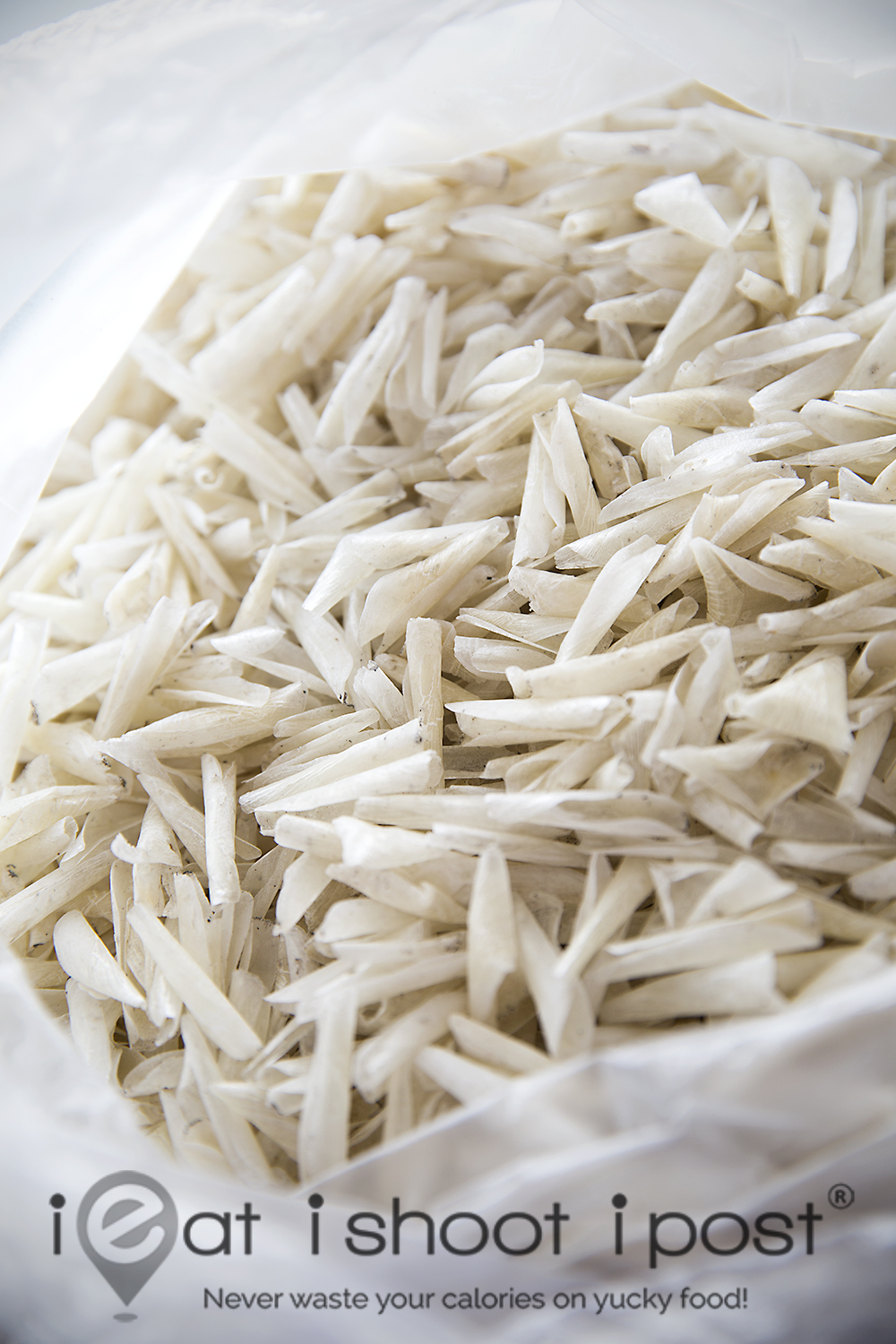
The scales of the grouper has become quite a commodity in recent years due to the popularity of collagen. After being sun-dried, they can be boiled to extract its collagen. I first encountered grouper scale soup while we were doing a mission trip in Sandakan with Goducate. The culinary properties of the fish scales is excellent. It gives the soup a smooth, velvety mouth feel which you can’t get when you thicken soups with other starches.
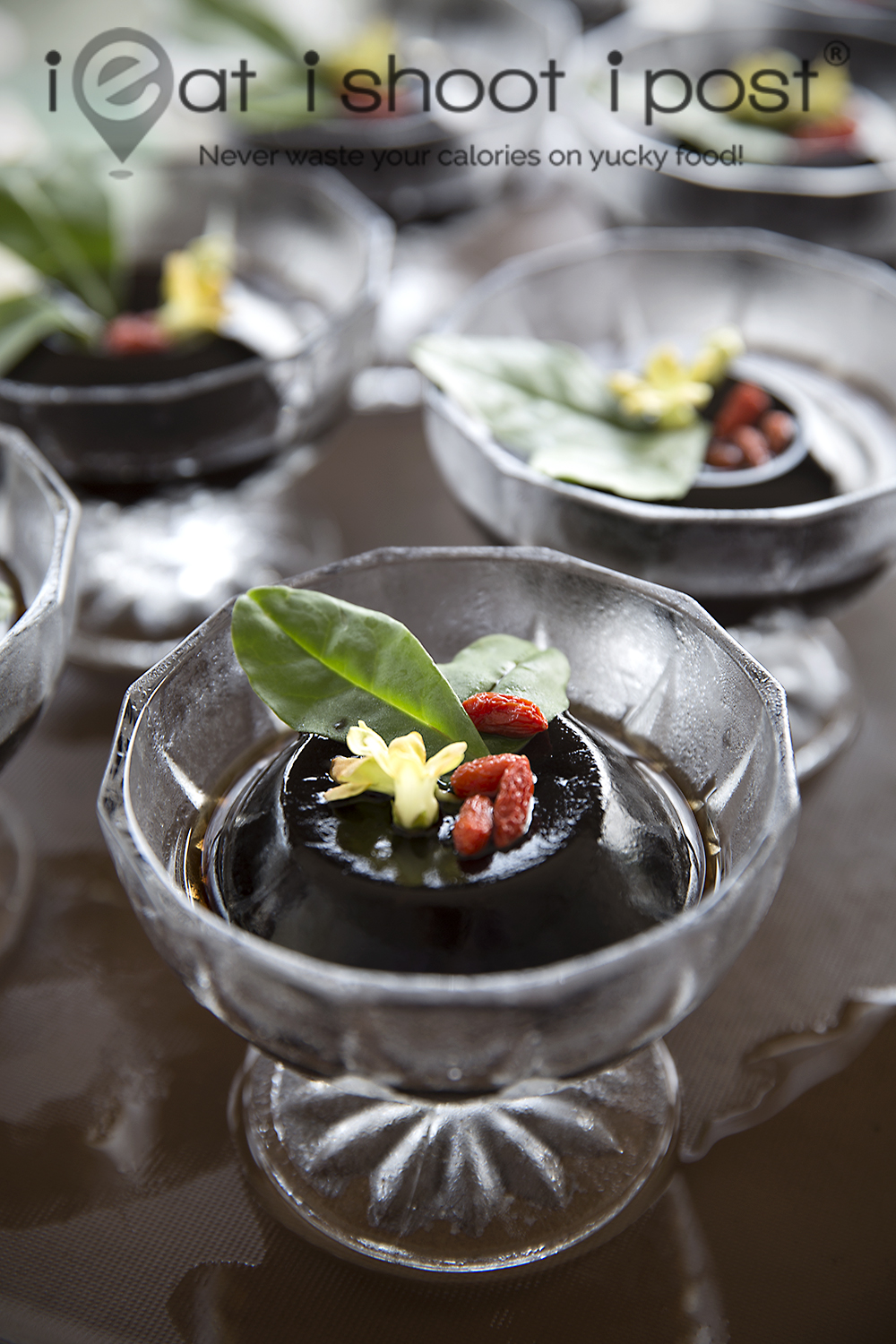
One of the best ways to get some extra collagen is to order their guiling gao for dessert. Believe it or not, this is also made from grouper scales with some bitter herbs for flavour! It tastes quite similar to guiling gao made in the traditional way.
Conclusion
If you are looking for a novel and exotic seafood experience in Singapore, then this would be it! The Giant Grouper menu at Grouper King is quite unique and could easily be something that tourists specially come to our island to experience!
Note: They have just opened another branch at SAF Yacht Club, Tanah Merah



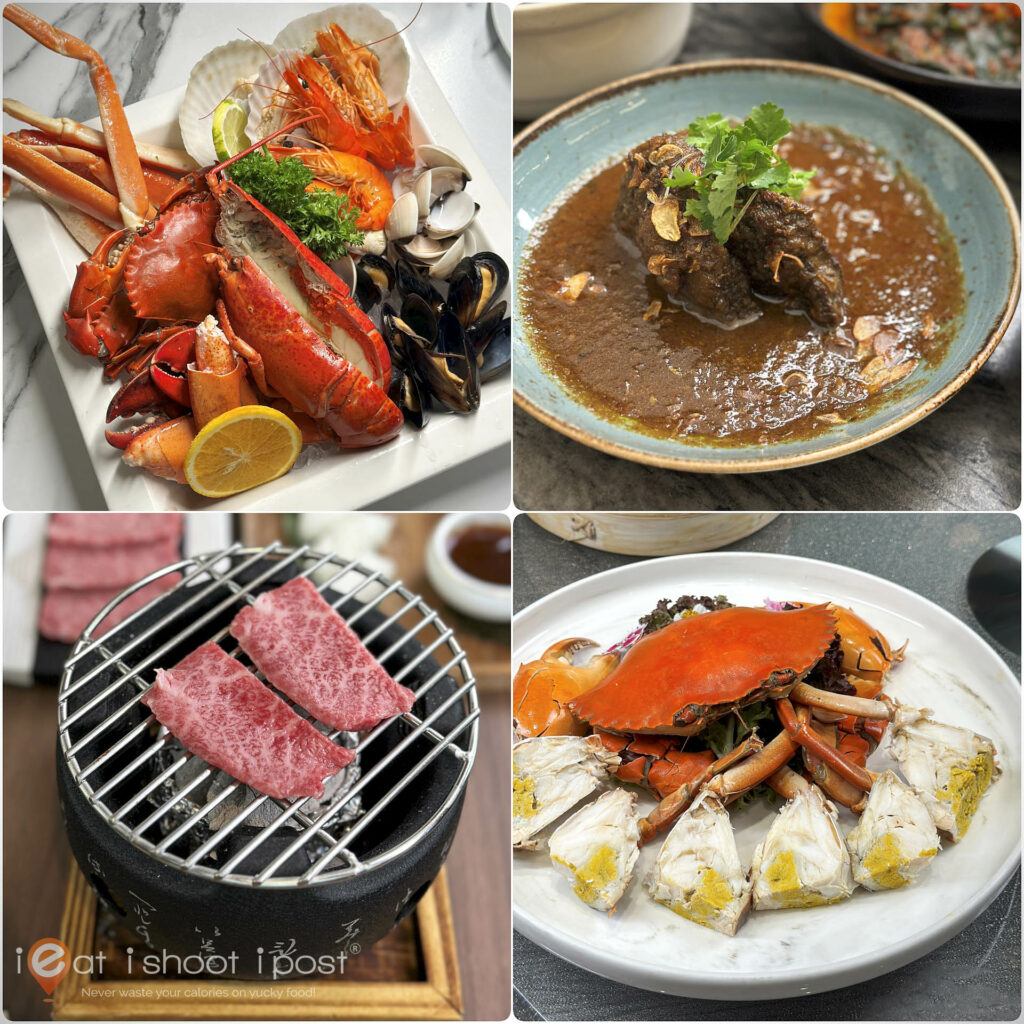
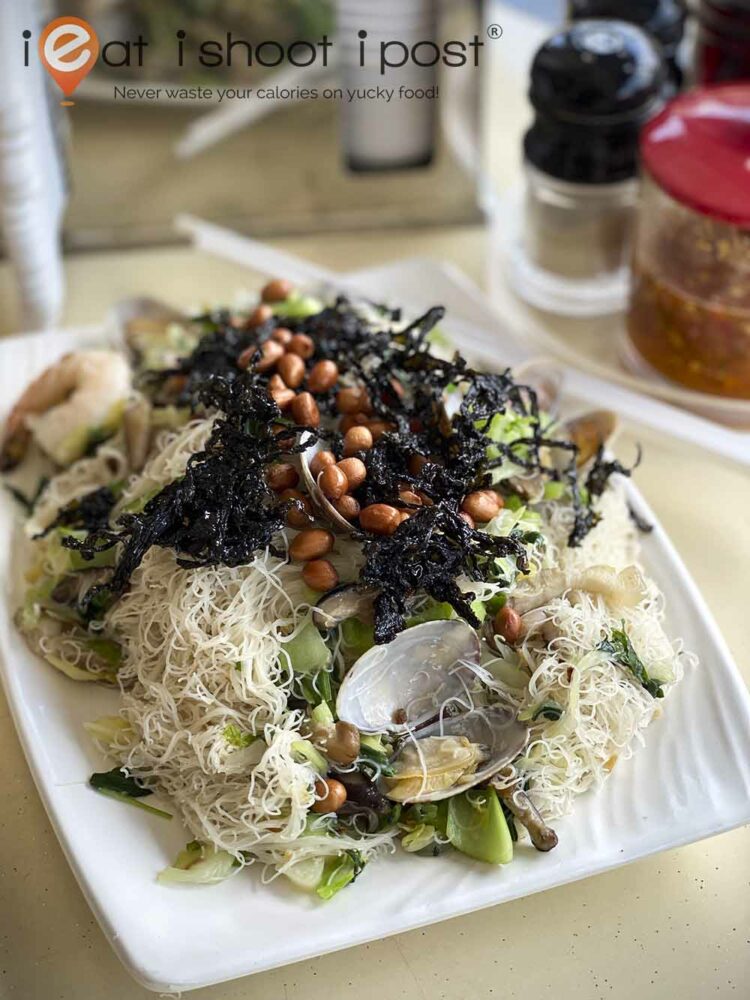
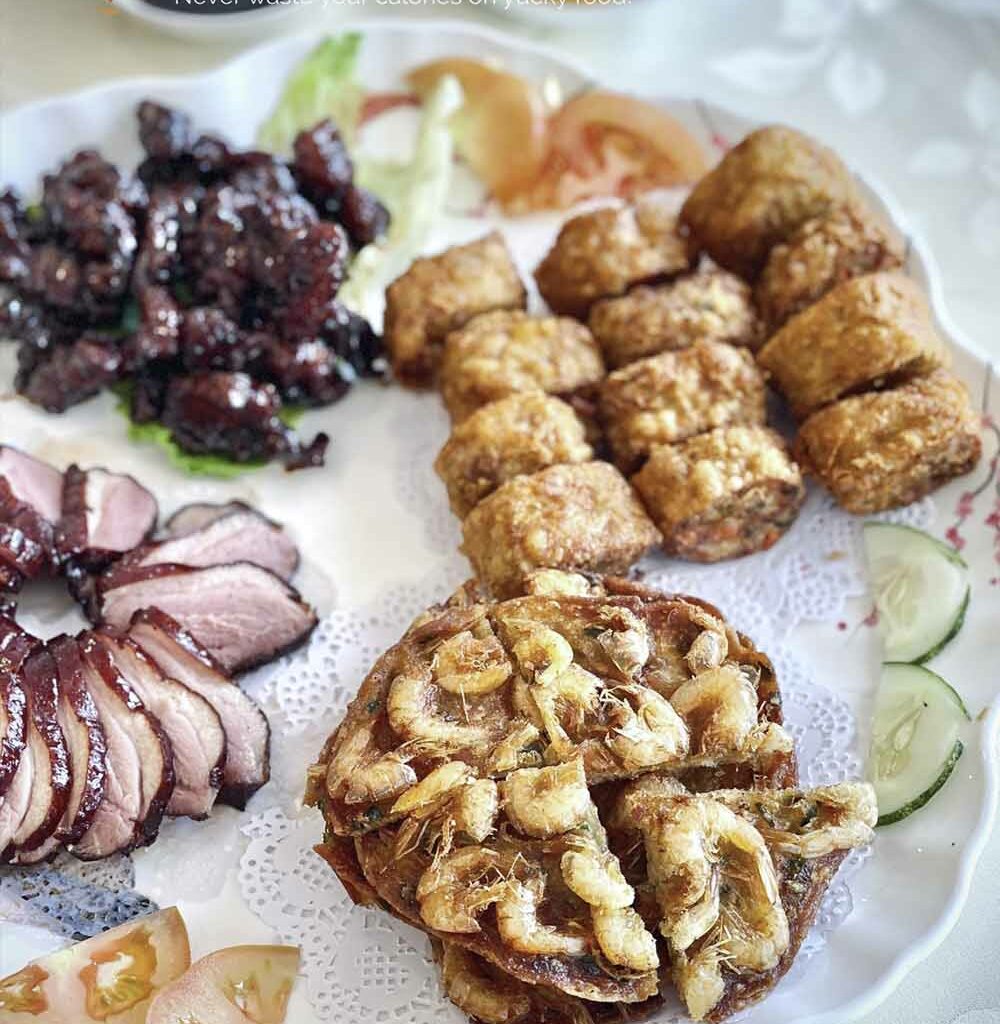
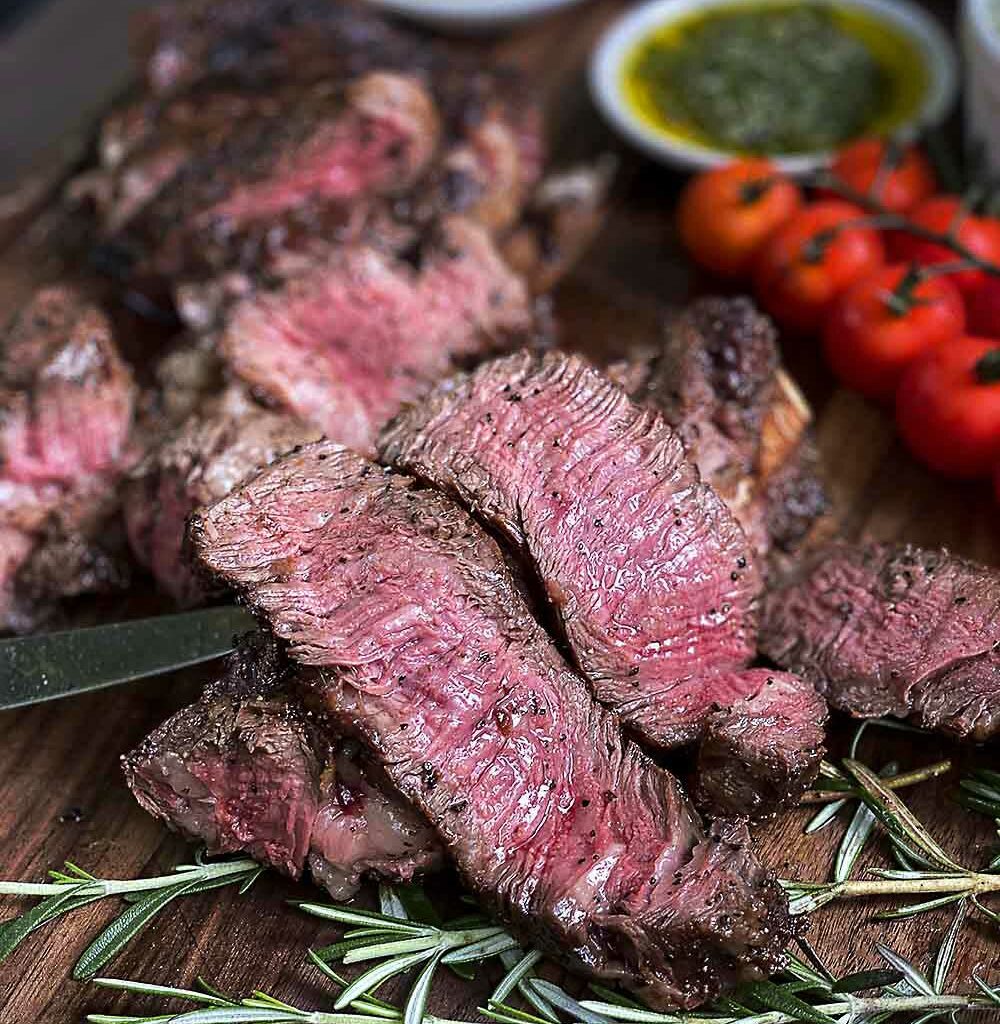

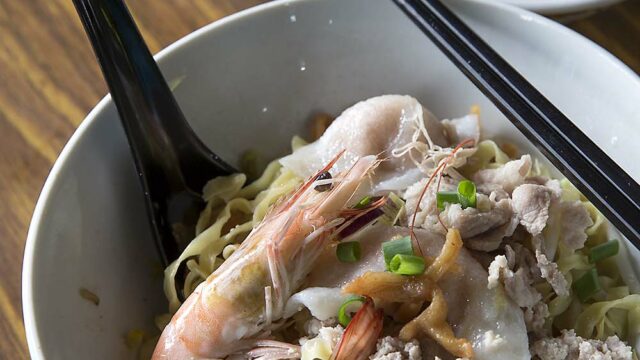



Eating large fish is cool and all, but it really seems to be unhealthy for you and the environment. Generally speaking, I have enjoyed eating smaller fish more than larger fish (with the obvious exception of Blue Fin Tuna, which is maybe a twice a year treat). Maybe it is because I grew up on catfish and stripe bass from my local delta system, but that is just how I roll. PS it also saves you a lot of money.
It is better to eat this fish farmed rather than wild caught as the risk of ciguatera poison in wild fish is high.
The tail is also a very good part to eat when deep fried followed by slow braising in bitter gourd.
they are no longer at the SAF Yatch Club.
Any idea if still in business anywhere?
tried calling number listed here but no longer in use either.
Thanks for the feedback. I think they are closed for the moment.
Where else to eat giant grouper?
Not sure at the moment.